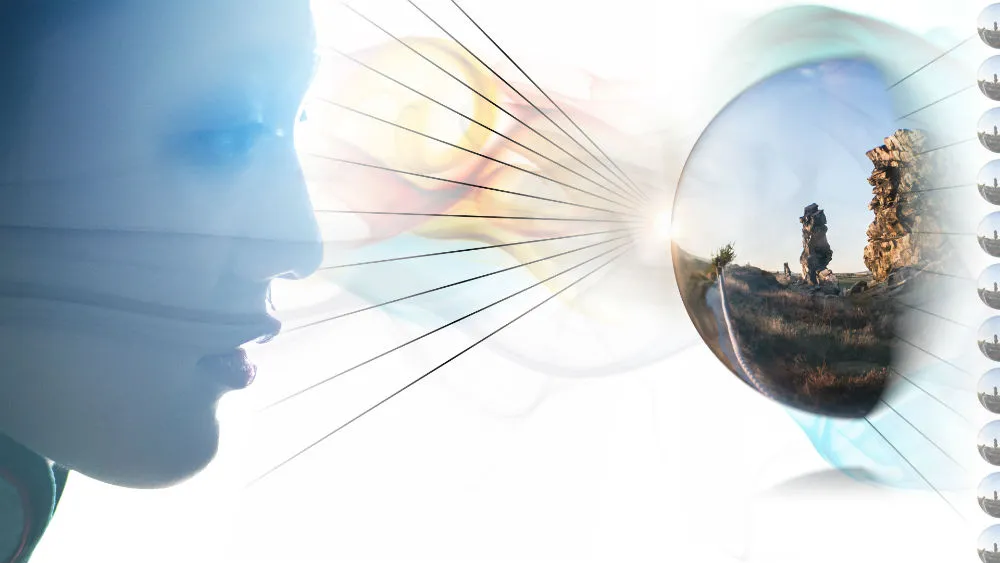Lytro is one of the most intriguing companies working in light field capture today, but three of its employees have left to start up their own company, Light Field Lab.
Based in San Jose, California, Light Field Lab is co-founded by CEO Jon Karafin, CTO Brendan Bevensee, and VP of Engineering Ed Ibe. As the name suggests, the team’s new venture will also be working to advance light field technology. Light Field Lab is working on displays to deliver visuals that look identical to the real world, as well as interactivity to pair with these light fields.
“I had a lot of designs that I worked towards that were viable, albeit very expensive and very large,” said Karafin in an interview with UploadVR. “I couldn’t conceptually wrap my mind around a business plan [for light field tech] that would be the size of a room or cost millions of dollars.”
According to Karafin, they’ve developed a novel “nanoparticle technology” that they’re convinced is sound in principal, and they’ll be working toward a lower resolution version of the idea they can show off to continue the company into further stages. Light field technology works by replicate the way our eyes actually see in the real world. Light Field Lab, however, is aiming to make displays that will beam this content to the user’s eyes without the need of extra eyeware like a VR, AR, or MR headset, though it could work in conjunction with them.
Karafin previously served as Head of Light Field Video at Lytro, while Bevensee held the role of Lead Engineer, and Ibe operated as Lead Hardware Engineer. Collectively they worked on the Lytro Cinema, a light field capture system that we’re eager to see more of.
In a prepared statement Jules Urbach, CEO of light field rendering company OTOY, said that Light Field Lab “have the expertise, ability and vision” to bring light field tech to consumers.
“If anyone can pull this off, they can,” he said.
The company will be speaking at the upcoming National Association of Broadcasters (NAB) Show at the Las Vegas Convention Center on April 22nd and April 25th.
Senior Editor Ian Hamilton contributed to this report.


























